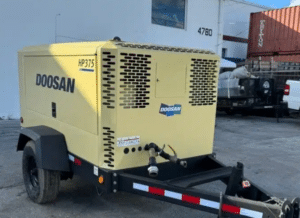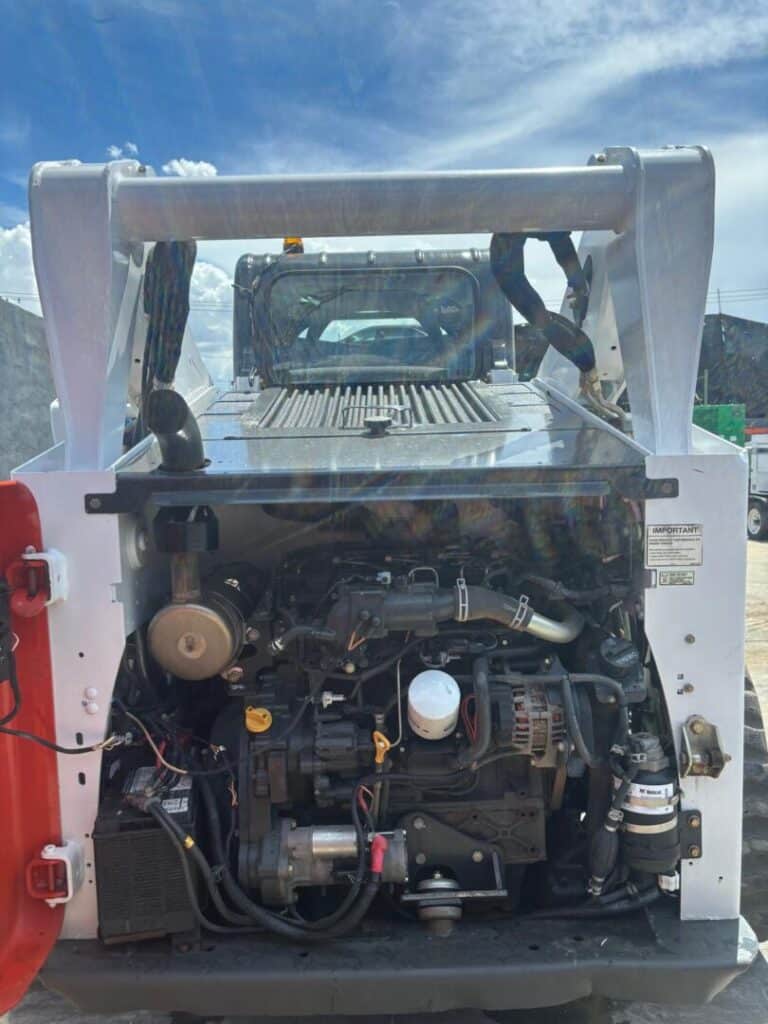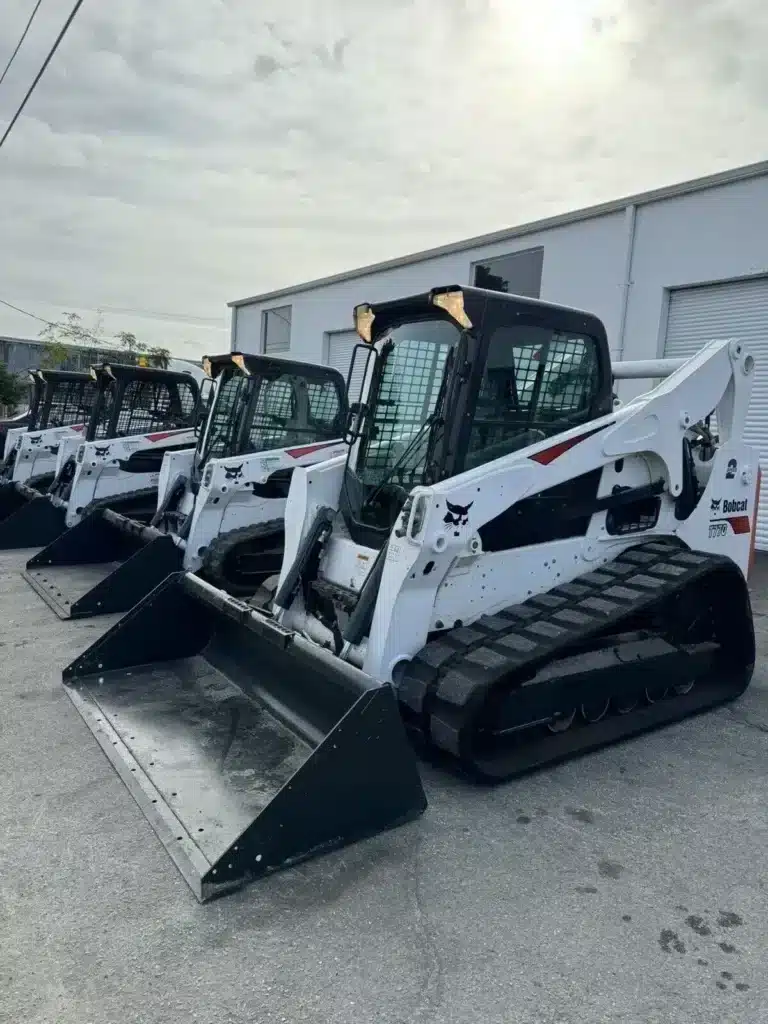
The Critical Risks of Air Compressors: Understanding Air Embolism
Air compressors, especially those with capacities of 185 CFM or higher, are vital on construction sites for their power and
Hialeah, Florida 33013
We're at your service
Online store always open
Oil changes for your Bobcat skid steer loader is essential for ensuring it operates efficiently and has a long lifespan. Engine oil serves as the lifeblood of your machine, reducing friction, preventing overheating, and protecting engine components from wear. In this post, we’ll cover why oil changes are so important, how often they should be done, signs your oil needs to be replaced, and how to perform an oil change on your Bobcat skid steer.
Engine oil plays a critical role in keeping your Bobcat skid steer running smoothly. It lubricates the engine’s moving parts, reducing friction and wear, which allows the engine to operate at peak efficiency. Over time, however, engine oil degrades. Contaminants such as dirt, metal shavings, and dust can enter the oil and reduce its effectiveness, leading to increased friction between components. This can result in engine overheating, damage, and eventual failure.
Regular oil changes ensure that the engine oil is clean and effective, helping your machine maintain its power and efficiency. Skipping or delaying oil changes can result in serious problems, such as reduced fuel efficiency, sluggish performance, and costly repairs due to engine damage.
The frequency of oil changes for your Bobcat skid steer depends on how often and in what conditions the machine is used. For most Bobcat skid steer loaders, it is recommended to change the oil every 250 to 500 hours of operation. However, if you are operating in extreme conditions—such as very dusty, dirty, or hot environments—you may need to change the oil more frequently.
It’s important to check your machine’s owner’s manual for the specific oil change interval recommended for your model. Additionally, if your skid steer experiences heavy usage, performing oil changes on the more frequent end of the spectrum can help ensure optimal performance and prevent potential engine issues.
Even if you are keeping track of the hours of operation, there are several signs that indicate your Bobcat skid steer may need an oil change sooner than expected. Here are a few indicators to look out for:
Performing an oil change on your Bobcat skid steer is a relatively straightforward process, but it does require some basic mechanical knowledge and the right tools. If you’re unsure about performing the oil change yourself, it’s always a good idea to consult a professional technician. Below is a general step-by-step guide to changing the oil in a Bobcat skid steer.



Performing regular oil changes on your Bobcat skid steer loader offers numerous benefits, including:
When performing maintenance on your Bobcat skid steer, always use original replacement parts, such as oil filters and other components. These parts are specifically designed to work with your machine, ensuring compatibility and performance. Using non-original parts may result in improper fitting, reduced performance, and even damage to your machine.
Oil changes are a simple yet essential part of maintaining your Bobcat skid steer loader. By following the recommended oil change schedule and staying alert to the signs that your oil needs replacing, you can help ensure that your machine runs smoothly and efficiently for years to come. Whether you choose to perform the oil change yourself or take it to a professional, keeping up with this routine maintenance task—using original replacement parts—will save you time, money, and headaches in the long run.
Keep your equipment running smoothly – Contact IronPower Industries today Skid Steer Service & Repair!
Follow us on Instagram @ironpower_industries

Air compressors, especially those with capacities of 185 CFM or higher, are vital on construction sites for their power and

🚧🔧 Attention Contractors! 🛠️🚜 Let’s dive into the world of skid steer controls and explore the diverse options available, including

Skid steers are like the Swiss Army knives of construction—super handy. However, figuring out whether to rent or buy comes

In a tiny village called Electronville, lived three busy characters: Watts, Volts, and Amps. Watts was the energetic kid, always